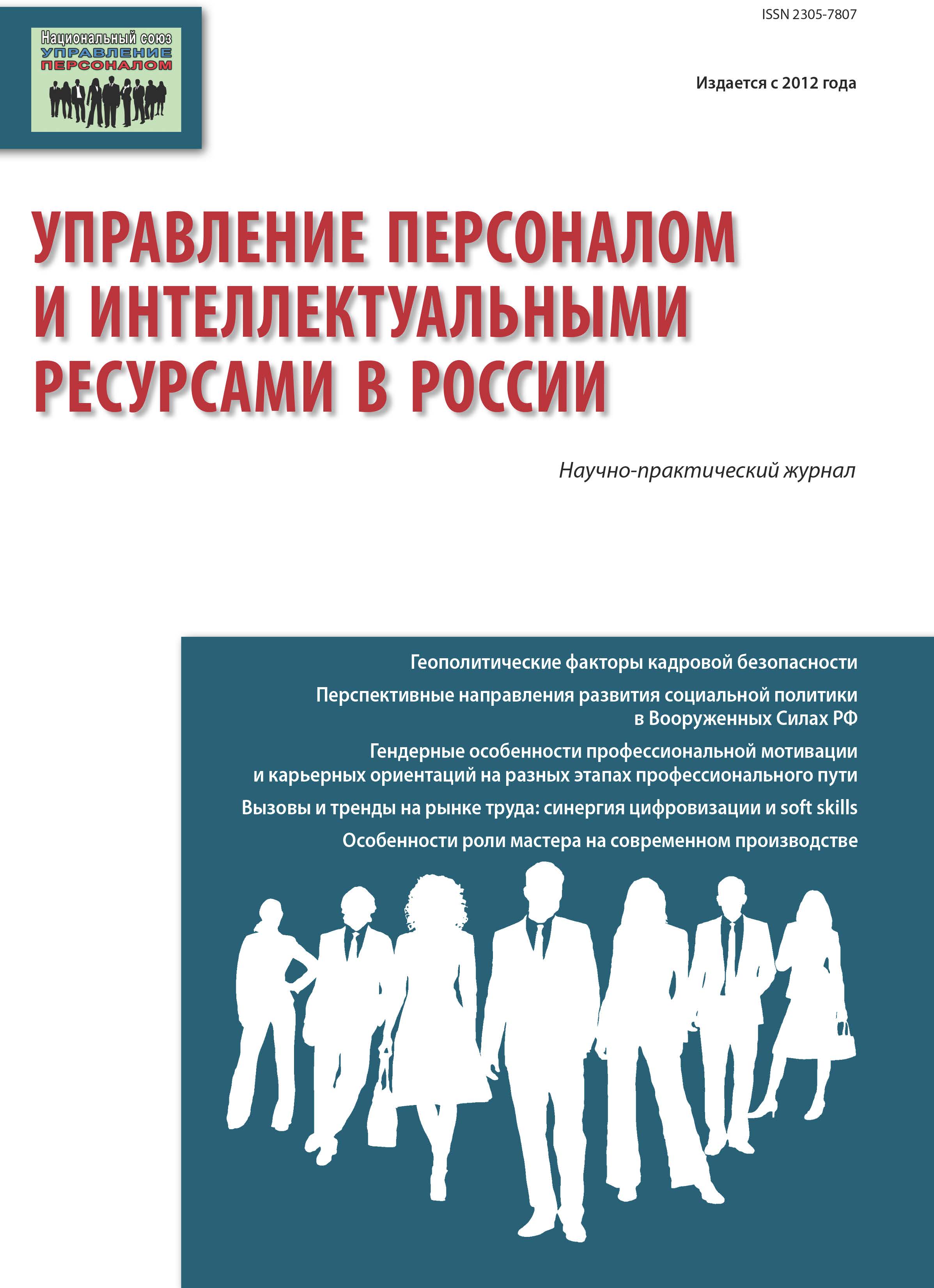Komarno, Slovakia
Moskva, Moscow, Russian Federation
The article reveals the problematic issues of effective use of working time. In the face of increased competition, companies of different levels and areas of activity, due to insufficiently skilled work organization, lose their working time, which adversely affects labor productivity, the total volume of production of goods and services. In a crisis, this leads to a reduction in production and jobs. Time optimization will allow increasing individual labor productivity, which in the long run will contribute to increasing the company‘s competitiveness. Small and medium-sized businesses do not have great development opportunities, so they should focus on the effective use of all available resources, especially time. In the interest of optimizing time management in the organization of staff work, research was conducted in ten Hungarian small and medium-sized enterprises. During the research, methods of information collection were used: methods of photographing (recording) the working day of Felleg, Susanski, as well as content analysis and analysis of the data. As a result of the research, it was revealed that only 59 percent of the time in the course of a working day is used to perform basic labor functions. At the same time, direct losses of time were 10 percent, indirect 6 percent. As ways to solve the problem, it is suggested to reduce the time losses by 13-15 percent due to the introduction of multi-level time management. It is advisable to solve this problem with a personnel reserve.
time management, work organization, small and medium business, losses, optimization, personnel reserve.
РОЛЬ И МЕСТО ТАЙМ-МЕНЕДЖМЕНТА
В ОРГАНИЗАЦИИ ТРУДА ПЕРСОНАЛА
В современном мире невозможно выдержать конкуренцию без грамотного, эффективного использования различного рода ресурсов, включая человеческий ресурс и время. Временной ресурс является зачастую основным, и умелое управление временем позволяет добиваться успехов при ограниченных материальных ресурсах.
1. Arkhangel‘skiy G. Korporativnyy taym-menedzhment: Entsiklopediya resheniy [Corporate time management: Encyclopedia of solutions]. Moscow, Al‘pina Pablisher Publ., 2014. 160 p.
2. B’yaugo, M. Men’she, no luchshe: Rabotat’ nado ne 12 chasov, a golovoy [Less, but better: It is necessary to work not 12 hours, and head]. Moscow, Al’pina Pablisher Publ., 2013. 243 p.
3. Vinichenko M.V. Taym-menedzhment - tekhnologiya povysheniya effektivnosti upravleniya personalom [Time management - technology to improve the effectiveness of personnel management]. Materialy Afanas’evskikh chteniy [Materials Afanasyev readings]. 2015, V.1, I. 13, pp. 121-131. EDN: https://elibrary.ru/RODYWD
4. Dolmány F., Hajós L, Magda S. (1998) A munkaerő gazdaságtana. Szaktudás Kiadó Ház Press, Budapest.
5. Dobák M. (2001) Szervezeti formák és vezetés. Academic Press, Budapest.
6. Felleg J. (1979) Mezőgazdasági munkaszervezés. Mezőgazdasági Könyvkiadó Vállalt Press, Budapest.
7. Hajós L., Pakurár M., Berde Cs.(2007) Szervezés és Logisztika. Szaktudás Kiadó Ház Press, Budapest.
8. Karácsony P. (2014) Munkaszervezés hatékonyságának elemzése munkanaptanulmányok módszerével. Munkaügyi Szemle 58. (3) 55-59.
9. Magagnotti N., Spinelli R. (2012) Good practice guidelines for biomass production system. CNR Ivalsa, Italy.
10. Susánszky J. (1984) A racionalizálás módszertana. Műszaki Könyvkiadó Press, Budapest.
11. Taylor F. W. (1911) The Principles of Scientific Management. Harper Brothers Press, New York.






